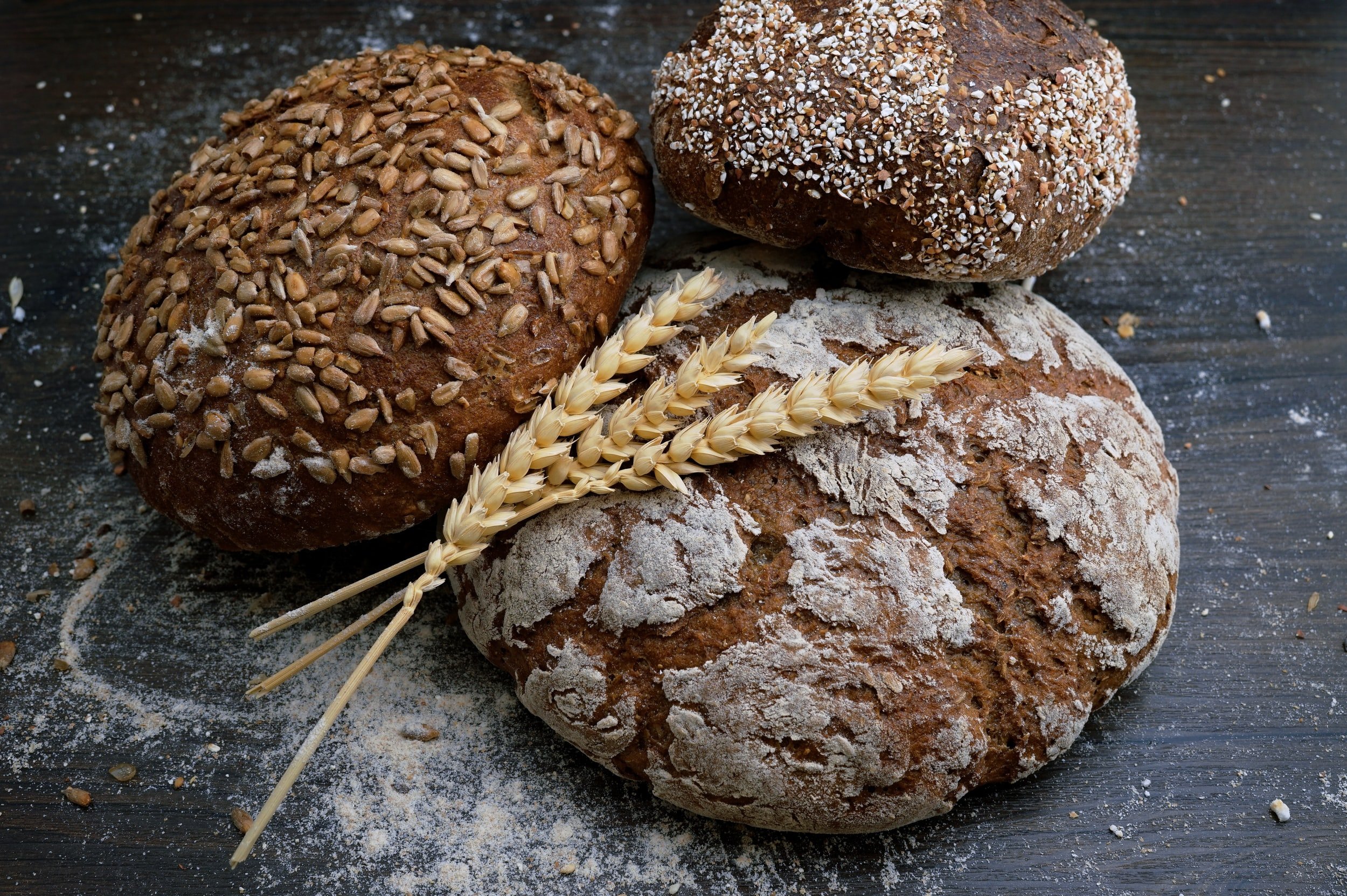Healing power of grains
Grains are considered in Ayurveda as the most important part of a healthy diet. They are sweet in taste, unctuous, and easily digestible. Grains help to build tissue, are nutritive, good for debility. (Source #Ashtanga Hrdayam. Su. 6)
It's all about whole grains. Pastries, especially with refined flour and sugar, are difficult to digest. They produce mucus, cause heaviness, and sluggishness. Bread made with yeast can cause bloating. Chapatis, tortillas, matzo, etc. are better than yeast bread. Noodles and pasta from whole grains are good.
Cut or ground into a meal, grains will lose their nutritional properties in six months to a year. But they're much easier and quicker to cook.
Dried items, such as granola, and cereal are likely to increase dryness and can aggravate Vata Dosha.
The best way to take grains is by steaming or boiling.
Grains can be combined with many different foods like vegetables, fruits, nuts, dairy, or animal products. Make sure the food taken with grains can be combined with each other to avoid indigestion.
Barley is dry, cold in potency, diuretic. It gives stamina and reduces disorders of urine, body fat, chronic nasal catarrh, cough, diseases of the throats, and skin. It strengthens, stabilizes, heals infections, and removes toxins.
Buckwheat is heating and drying and has lesser nutritive properties than other grains. But still, it's an important food. We can use it as part of detoxification when there are sluggishness and heaviness, a drop in energy, etc.
Corn is sweet, hot, and drying (in excess or taken in form of chips). It is a diuretic and therefore good for edema and kidney disorders, gallstones, and jaundice. Corn helps to increase the power of perception particularly if taken with ghee.
Millet is sweet and cold. It's demulcent, diuretic, nutritive. It is full of protein and nutrition therefore good for debility and convalescence, but yet more difficult for digestion.
Oats are sweet and little cool, demulcent, laxative, and very strengthening. They help build up tissues, including reproductive tissue. Oats calm and strengthen the mind and nerves. They can be heavy and hard to digest, particularly taken with milk and sugar. May produce skin eruptions and aggravate toxic blood conditions.
Quinoa is a high protein grain that is light in properties. Quinoa is rich in iron, high in protein and calcium. May aggravate Vata due to lightness.
Rice is sweet, neutral, and easy to digest therefore useful in vomiting, anorexia, and inability to digest food. It is tonic, nutritive, demulcent, laxative, and harmonizes the stomach and lungs. Rice builds up all tissue, good for convalescence, debility, for breaking fats. Bleached and refined white rice tends to be sticky in nature, causing sluggishness, and heaviness. White basmati rice is best as it is nutritious, yet is easily digested. Brown rice is warm, has more nutrients, but is harder to digest, and doesn't combine well with other foods. Therefore brown rice is better for debility (digestion should be good). It's better to avoid brown rice in hyperacidity and ulcers.
Rye is sweat and cool. It has diuretic properties. Considered the best grains for weight loss, heaviness, sluggishness, and other Kapha conditions.
Wheat is sweet and cool. It's nutritive, promotes growth in children, helps build muscles, gives energy, and heals fractures. Wheat is strengthening the heart, relieves palpitations, and helps calm the mind, counters insomnia. Good for ulcers, colitis, hemorrhoids. It is better for cold climates and the winter season. Whole wheat restores health and alleviates Vata. It can increase mucus and congestion, therefore, should be avoided Kapha aggravation (Kapha types are usually allergic to it).
OM SHANTI!









